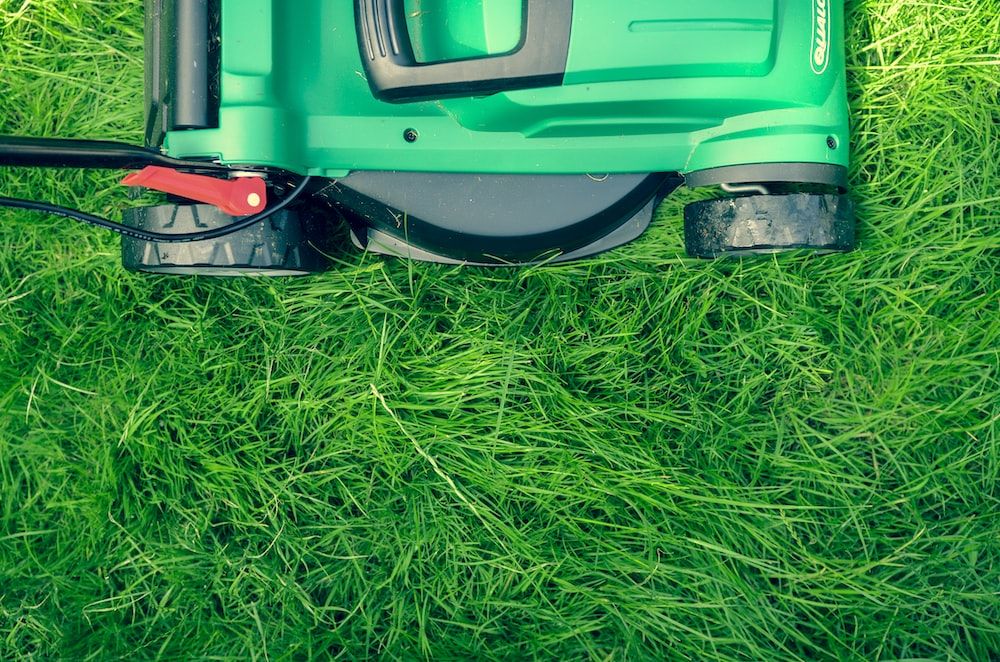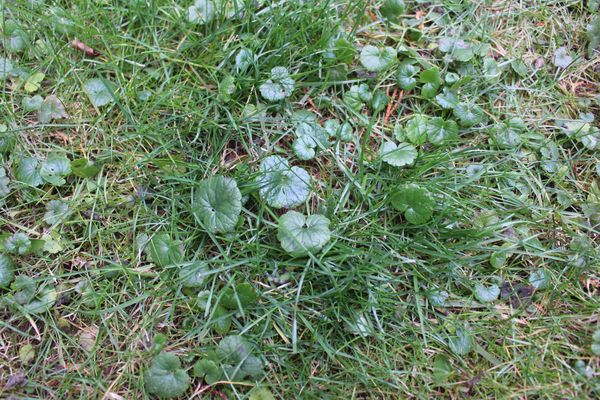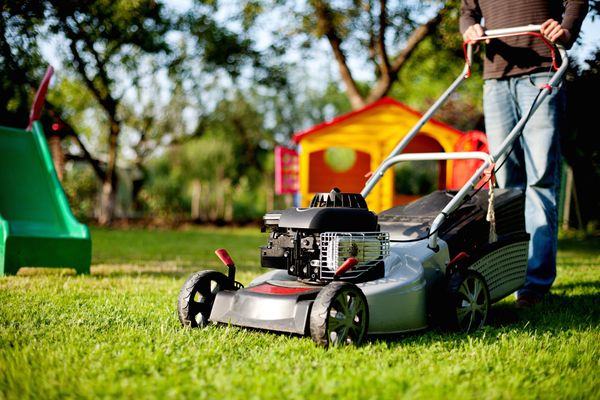So I assume you're asking whether to use SAE 30 or 5W-30 when choosing an oil. Since it's good, I'll answer your question and give you the skinny on SAE 30 vs. 5W-30. After that, you may confidently refuel your lawn mower and resume your job.
Lawnmowers: SAE 30 vs. 5W-30
Lawnmower engines can't operate without enough oil to keep them lubricated and from spewing white smoke all over your yard. However, they cannot be powered by regular oil, such as that found at a hardware store. You must check the oil you add to your lawnmower engine to ensure it runs smoothly and has enough power to mow the grass.
As a result, this article will compare utilizing SAE 30 vs. 5W-30 for lawnmowers and analyze their advantages and disadvantages.
Are SAE 30 and 5W-30 equivalent?
Although SAE 30 and 5W-30 have the same viscosity, they have different uses.
Before anything else, it will be helpful to grasp the terminology. The Society of Automotive Engineers is referred to by the abbreviation SAE. Henry Ford and Andrew Ricker founded the organization in 1905, and they developed a coding system to identify the oil's thickness or viscosity, so customers would know which oil to use for each engine.
Knowing the oil's viscosity helps one to estimate how long it will take for the engine to warm up to room temperature. The oil will take longer to flow through the machine at such a temperature if its consistency is greater.
Contrary to common misconception, the letter "W" does not stand for "weight" but rather for "winter." The possibility that the oil will thicken when the temperature begins to fall decreases if the value to the left of the "W" is lower. 0W or 05 motor oils are most often utilized in regions that regularly suffer below-freezing temperatures. When using the oil at 212 degrees Fahrenheit, the viscosity is calculated using the figures after the "W."
While hot, SAE 30 and 5W-30 have a viscosity rating of 30; however, when excellent, they have different values. Small engines are often powered by SAE 30, whereas 5W-30 is primarily used in the car sector since it can operate in subfreezing conditions.
The two digits that follow the "W" indicate how quickly the oil thins when used at high temperatures. To continue the example, the 10W-30 and 10W-40 types function similarly at lower temperatures. However, when temperatures rise, the former thins out more quickly.
SAE 30 Oil: Advantages and Uses
Because SAE 30 is a single-grade oil, drivers of tiny engines like it. Since snow makes it difficult to maneuver a lawnmower, people often mow their lawns throughout the summer. However, a snowblower would need a multi-grade oil to be successful if you want to remove the snow because you want to be the first person to mow your lawn in the new year.
Non-detergent SAE 30 oil collects certain pollutants that might harm your engine. Contaminants adhere to sidewalls and open fractures, damaging the bearing surfaces. Additionally, it aids in oil stabilization and stops the oil from thinning when exposed to higher temperatures. Oil additives help to sustain lubrication across a broader range of temperatures.
Additionally, single-grade lubricants like SAE 30 are less expensive than multi-grade ones. The SAE 30 makes the most economic sense if you need a substantial volume of oil for your lawn jobs.
Oil 5W-30 and Its Advantages
A multi-grade oil with two classifications is 5W-30. It's rating at low temperatures is 5, while at very high temperatures, it is rated at 30. Five is a deficient number. Therefore it works well in subfreezing conditions. The functionality of vehicles, aircraft, snowplows, and other engines that must run in the winter months depends on this oil.
Unlike SAE 30, 5W-30 oil contains additives, including corrosion inhibitors, detergents, and other compounds that help prevent rust, break down sludge, and extend engine life. These additives are included in the oils designed to keep your engine operating cleanly and smoothly.
As you add or modify oil additives, ensure the proportions are correct. Using too much of an additive could harm the engine's performance.
Can I Use 5W-30 in My Lawn Mower Instead of SAE 30?
It is not recommended to use multi-grade oil in place of single-grade oil. You would never need to use multi-grade oil unless there was a landscaping emergency in the winter, and you were more forgiving of what may happen to the lawnmower.
The only thing 5W-30 would accomplish is to prevent it from freezing, but because of the additives' detrimental effects on the engine, it would become cold quickly.
Does 5W-30 Cause Damage to My Lawn Mower?
The oil you use in your lawnmower engine performs like the oil in your car. Once the engine runs, the oil lubricates the pistons to stop them from slamming into the cylinder walls.
The internal engine heat is then transported to the cylinder block and out via the exhaust pipe. Because of this mechanism, the engine can continually burn fuel at a temperature high enough to sustain velocity.
If there were no oil in the engine while it ran, the friction between the pistons would heat up and seriously harm the seals.
Because 5W-30 includes damaging chemicals that are effective in more significant engines, using it instead of SAE 30 will often result in engine damage to your lawnmower. This will have terrible effects on both your machine and your wallet. After all, more significant engines are built to handle various additive ratios.
Lawnmowers are now being produced to run on multi-grade engine oils like 5W-30. You should review the manufacturer's instructions on which oils to use and which to avoid.
However you reside in a moderate or warm region, you won't need to worry too much about it. Even if you must wear a jacket when mowing, SAE 30 should be suitable.
Can SAE 30 and 5W-30 Be Mixed?
It depends on how much ratio you use and how long you use the new oil mixture in your lawnmower. SAE 30 is a single-grade, while 5W-30 is a multi-grade motor oil. The properties 5W-30 will be diluted if the two are used, and engine performance will probably suffer.
Although it is not advisable, some say that their engines have performed and will continue functioning as if SAE 30 and 5W-30 were mixed.
It is essential to get advice from those who often deal with engine oils directly or have received professional education in that sector before putting your new mixture into your lawnmower's engine. While anecdotal claims may be valid on online message boards, it is in your equipment's best interests to consult a live person to see if combining the two oils is safe.
Could combining oils harm a mower's engine?
There is a chance that your lawnmower could break down if you mix SAE 30 and 5W-30 lubricants. The fundamental explanation is that lawnmower engines are not designed to handle the additives included in multi-grade lubricants like 5W-30. Even if the engine keeps running as before the mixture was introduced, long-term negative impacts will probably exist.
Combining the two in this circumstance will probably have little to no effect on your machine, given that 5W-30 multi-grade oils are now freely accessible for use in lawnmowers and other compact engines.
5W-30 oil is more expensive than SAE 30 oil. You put your little engine in danger and spend extra for doing so when you combine the two in a machine designed to use single-grade oils.
The 5W-30 and SAE 30 are only two excellent choices for folks who desire to utilize lawnmowers successfully. When looking for fresh oil, relying on quality certifications like the API sign is preferable since many different brands exist. You may rely on API's expertise regarding oil quality since they have accredited 500 businesses.
Conclusion: Which is Best for Lawn Mowers, SAE 30 or 5W-30?
The most secure option is to use single-grade lubricants such as SAE 30 unless your mower is a contemporary model primarily designed to utilize multi-grade oils such as 5W-30. Your lawnmower engine will last longer and operate more effectively if you do this. It is not only the most secure option but also the cheapest. The operating temperature, viscosity, pressure, and composition of SAE 30 differ from those of 5W-30. It is the most appropriate oil for yours since SAE 30 is made for little engines like lawnmowers, whereas 5W-30 is for sophisticated machines like those found in cars.
Understanding the distinction between SAE 30 and 5W-30 is essential for maintaining the health of your lawn mower engine. While SAE 30, a single viscosity motor oil, performs exceptionally well in air-cooled engines and warm climates, its thicker consistency can pose problems during cold startups in colder temperatures. On the other hand, 5W-30 is one of the multi-viscosity motor oils that works well in a wider range of temperatures, offering a level of protection in both warm and cold climates.
Ultimately, your choice between SAE 30 vs 5W-30 should be influenced by your specific circumstances - consider the typical weather conditions in your area, and the specifications of your lawn mower. While SAE 30 provides reliable performance in warm weather, 5W-30 can deliver more consistent results in fluctuating temperatures, making your engine oil choice a significant factor in the overall performance and longevity of your lawn mower engine.






